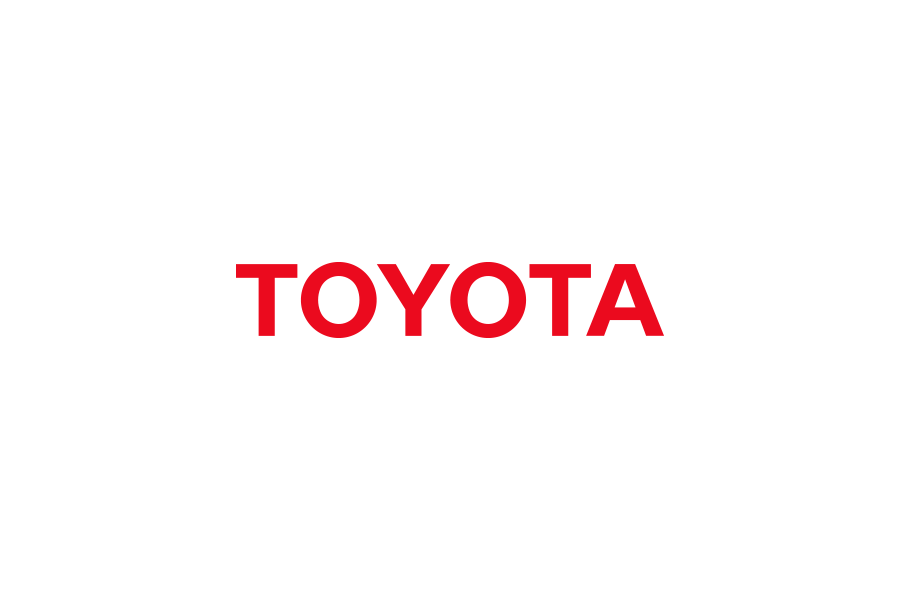Sep. 24, 2021
Participation in Japan Automotive Model-Based Engineering CenterExpanding the reach of monozukuri and contributing to further development of Japan's automotive industry
SUBARU CORPORATION
TOYOTA MOTOR CORPORATION
Panasonic Corporation
Mazda Motor Corporation
JATCO Ltd
DENSO CORPORATION
Nissan Motor Co., Ltd.
Honda Motor Co., Ltd.
Mitsubishi Electric Corporation
Five Japanese automobile manufacturers (SUBARU CORPORATION, TOYOTA MOTOR CORPORATION, Nissan Motor Co., Ltd., Honda Motor Co., Ltd., and Mazda Motor Corporation) and five parts manufacturers (AISIN CORPORATION, JATCO Ltd, DENSO CORPORATION, Panasonic Corporation, and Mitsubishi Electric Corporation) will be filling the role of executive member in the Japan Automotive Model-Based Engineering center (JAMBE), which went public today. JAMBE's mission is to promote Model-Based Development (MBD)*1 across Japan's automotive industry.
The center was founded to fulfill the purpose of creating the most-advanced development community in the mobility sector, able to carry out optimal and high-grade monozukuri efficiently and without rework. Primarily consisting of private companies, the center succeeds an initiative led by Japan's Ministry of Economy, Trade and Industry called "Enrichment of Suriawase 2.0*2"―an industry-academia-government and strategic future policy for MBD in the automobile industry―which had been compiled as a result of discussions conducted by the Study Group for Ideal Approaches to Model Utilization in the Automobile Industry*3.
Executive member companies will lead the center's activities to contribute to making Japan's automotive industry more competitive internationally by enabling academia and businesses to share digital models*4 across the board, linking academic research with development of parts, systems and vehicles. Therefore, allowing both sides to coordinate and make adjustments (suriawase in Japanese) digitally from the initial stages of development.
JAMBE's Guiding Principle, Vision, and Goal
Guiding principle
- Contribute to making Japan's automotive industry more competitive internationally by spreading and deploying MBD technology and concretizing the Suriawase 2.0 concept's high-grade virtual model development technology.
Vision
- Utilize MBD to promote carbon neutrality and innovation of vehicle technology to respond to needs such as CASE, thereby contributing to SDGs.
- Encourage organizations of all sizes to use virtual models, thereby promoting highly efficient research and development.
Goal
- Concretize Suriawase 2.0: MBR*5 (Academia) creates new models and MBD (Industry) enhances development efficiency by using the same models across parts and vehicle manufacturers in the engineering chain for their suriawase engineering style, creating new value and achieving the most efficient development processes in the world, free from rework.
Overview of Japan Automotive Model-Based Engineering center
Name
Japan Automotive Model-Based Engineering center (JAMBE)
Business outline
Promotion of model-based development technologies, establishment of structure of model distribution across business entities as well as between industry and academia
[Joint research business project of participating companies (members) and Japan Automotive Research Institute JARI (secretariat)]
Chairperson of steering committee
Mitsuo Hitomi (Senior Innovation Fellow, Mazda Motor Corporation)
Operation cost
Approximately 60 million yen per year
Established
July 9, 2021
Logo
Release from JAMBE
Please refer to the press release from JAMBE for more details, such as a list of participating companies or further information about the online forum held to commemorate the start of JAMBE
https://www.jambe.jp/uploads/20210924a.pdf
| *1 |
|
|---|---|
| *2 |
|
| *3 | Established in November 2015 by the Ministry of Economy, Trade and Industry. Please visit the website below for further details. |
| *4 | A "model" is a simulated object that is made to behave like a real object using computer simulation. Depending on the needs, models of various scales are used, including models of individual parts (e.g., pistons of an engine), models of systems/units (e.g., an engine), and models of entire vehicles. Models can also refer to mathematical models of phenomena such as fuel combustion, hydraulic oil flow, etc. |
| *5 |
|
Toyota Motor Corporation works to develop and manufacture innovative, safe and high-quality products and services that create happiness by providing mobility for all. We believe that true achievement comes from supporting our customers, partners, employees, and the communities in which we operate. Since our founding over 80 years ago in 1937, we have applied our Guiding Principles in pursuit of a safer, greener and more inclusive society. Today, as we transform into a mobility company developing connected, automated, shared and electrified technologies, we also remain true to our Guiding Principles and many of the United Nations' Sustainable Development Goals to help realize an ever-better world, where everyone is free to move.
- SDGs Initiatives
- https://global.toyota/en/sustainability/sdgs/


